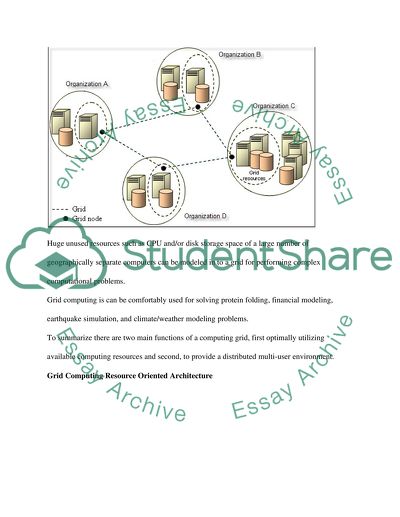Cite this document
(Advancement Of Structured Information Standards Case Study, n.d.)
Advancement Of Structured Information Standards Case Study. Retrieved from https://studentshare.org/information-technology/1517779-grid-computing-essay
Advancement Of Structured Information Standards Case Study. Retrieved from https://studentshare.org/information-technology/1517779-grid-computing-essay
(Advancement Of Structured Information Standards Case Study)
Advancement Of Structured Information Standards Case Study. https://studentshare.org/information-technology/1517779-grid-computing-essay.
Advancement Of Structured Information Standards Case Study. https://studentshare.org/information-technology/1517779-grid-computing-essay.
“Advancement Of Structured Information Standards Case Study”, n.d. https://studentshare.org/information-technology/1517779-grid-computing-essay.


